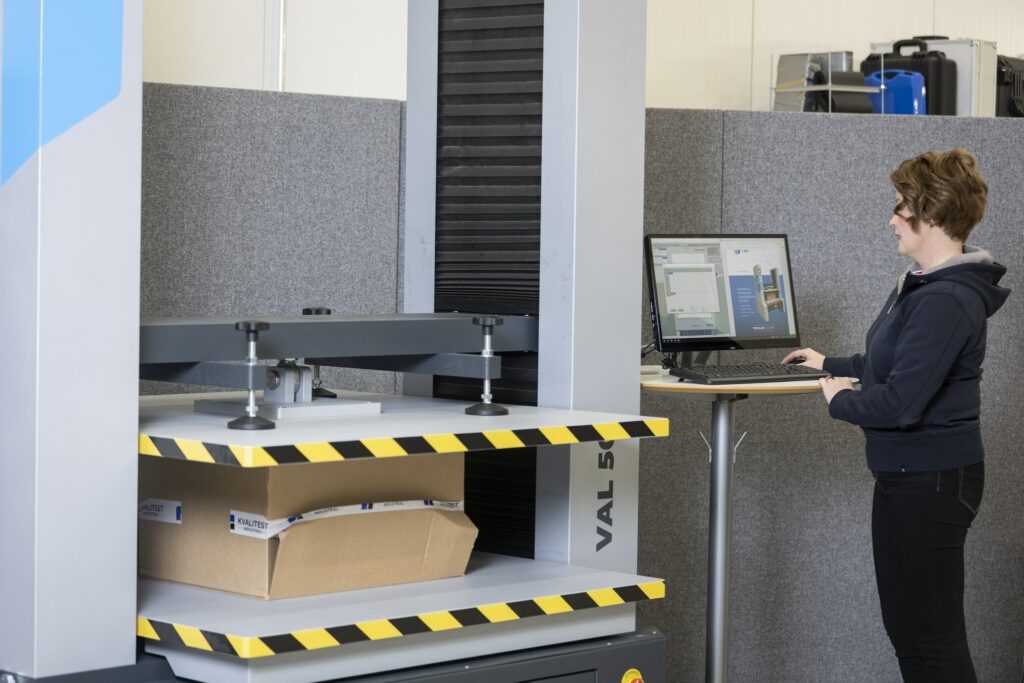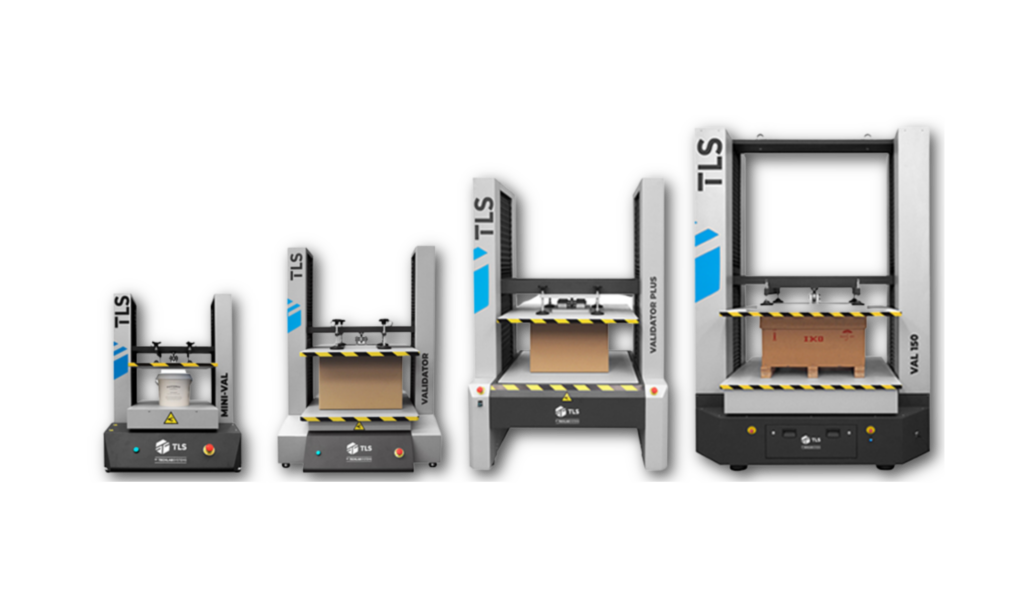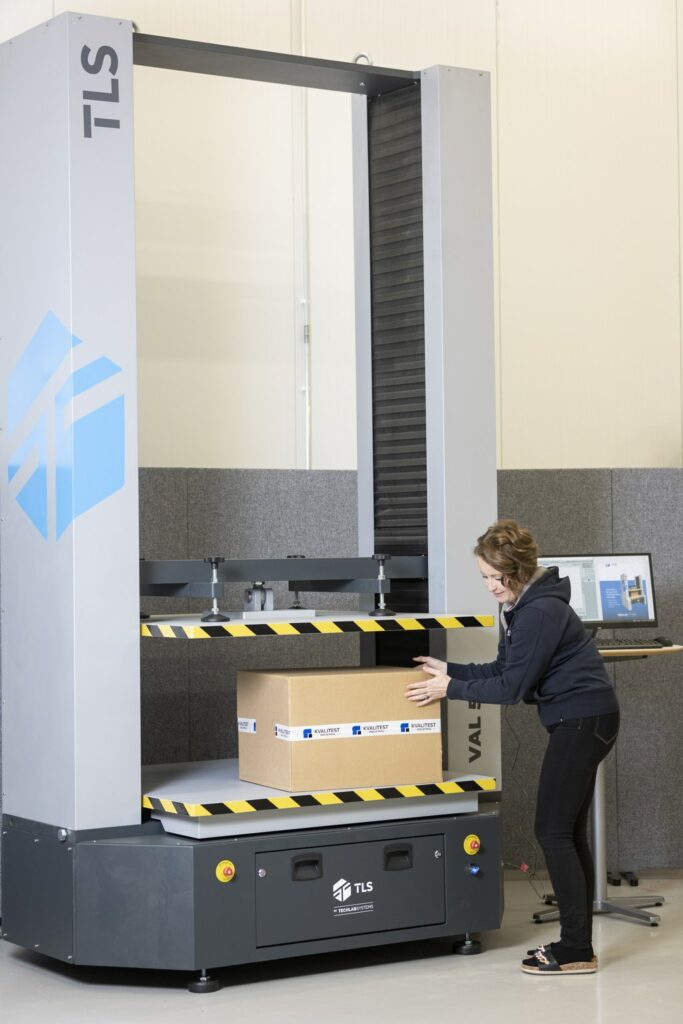
Understanding and preventing compression hazards in transport and logistics: The role of packaging testing
Transportation and logistics play a crucial role in the global economy, ensuring that goods reach their destinations safely and efficiently. However, this journey is not without its challenges, particularly regarding the integrity of the packages being transported.
One of the key concerns in this domain is the risk of compression hazards, which can lead to damage to products and financial losses. This blog post explores the potential and typical compression hazards to packages in the transport and logistics chain and discusses how proactive packaging testing in laboratories, specifically through compression testing, can help mitigate these risks.
Potential and typical hazards
Stacking pressure: During transport, packages are often stacked on top of each other. This stacking creates pressure on the lower packages, which may exceed their strength limits, leading to crushing or deformation.
Vibrational damage: Constant vibration, especially in long-haul transportation, can lead to compression and stress on the packaging materials, weakening them over time.
Environmental Factors: Extreme temperatures, humidity, or pressure changes can affect the integrity of the packaging material, making it more susceptible to compression damage.
Handling and transit shocks: Rough handling during loading and unloading or sudden movements during transit (like bumps or abrupt stops) can exert unexpected compression forces on the packages.

Preventing compression hazards: The role of laboratory testing
Laboratory packaging testing, particularly compression testing, plays a vital role in assessing and enhancing the durability of packaging materials. This proactive approach involves several key steps:
Materials testing: This involves testing the strength and durability of packaging materials under various load conditions. It helps in selecting the right material that can withstand the pressures experienced during transportation.
Simulated stacking tests: By simulating the stacking process in a controlled environment, it’s possible to determine how much weight and pressure the packaging can withstand before failing.
Vibration and shock testing: Laboratories can replicate the vibrational frequencies and shocks experienced during transport to assess the resilience of the packaging against these dynamic forces.
Environmental conditioning: Testing packages under varying environmental conditions (like temperature and humidity) ensures that they can withstand extreme conditions without compromising their structural integrity.
Iterative testing and design improvement: Continuous testing allows for the iterative improvement of packaging designs, ensuring that they remain robust against evolving transportation challenges.
In conclusion, understanding and mitigating compression hazards in the transport and logistics chain is vital for maintaining the quality and integrity of goods in transit. Laboratory packaging testing, especially compression testing, plays a crucial role in this process, offering a proactive approach to identifying potential weaknesses and improving packaging designs. By combining these scientific insights with practical measures like customized packaging, businesses can significantly reduce the risk of compression-related damage and ensure the safe and efficient delivery of their products.

We have this efficient VL 50 compression tester in our Test Center, reflecting our unwavering commitment to providing advanced testing solutions. This tester serves as a fundamental component of our testing services.
Additionally, we deliver excellence, importing top-tier compression testers to meet and exceed our customers’ expectations.